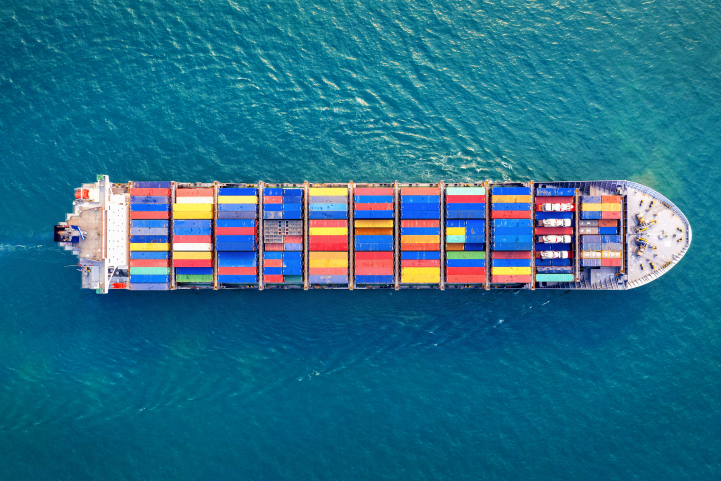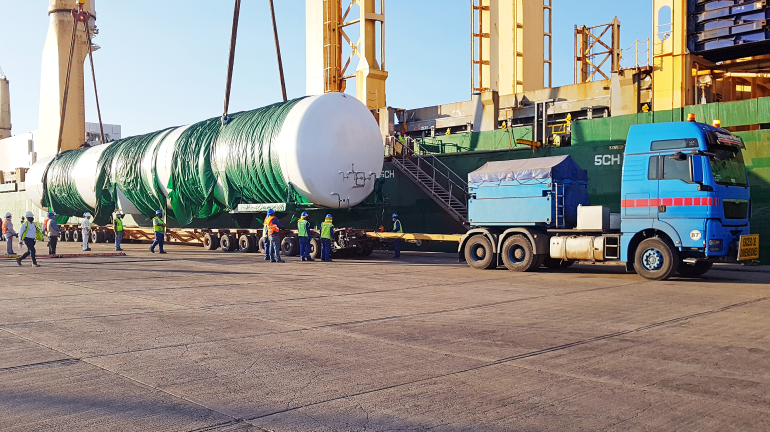In the supply chain industry, hazardous materials transportation is a must. As regulations and environmental concerns are always changing and evolving, it is important to stay up-to-date on the most current best practices. This blog post will cover some of the hazardous materials shipping best practices for 2023 that supply chain managers and procurement managers should be aware of.

Which goods are considered hazardous materials?
Hazardous materials, also known as hazardous substances, pose a risk to human health and the environment if not stored, handled and transported safely. Knowing which products are hazardous materials is essential for safety standards to be followed. Fortunately, hazardous materials in the United States are regulated by the hazardous materials table of the Department of Transportation's 49 CFR parts 100-185 which lists hazardous substances and assigns each item individual hazardous material identification numbers (HMIS).
The hazardous materials table outlines numerous dangerous goods, including flammable liquids, corrosive substances, combustible fuel/liquids and oxidizers. It also covers lithium batteries - any product containing more than 8 grams of lithium must be classified as hazardous and shipped accordingly. Staying aware of what items are considered hazardous materials is essential in keeping people and our environment safe.
Hazardous materials regulations.
Preparing hazardous materials for transport of dangerous goods requires compliance with a wide array of regulations that are updated frequently. To transport such materials safely, these items must be marked and labeled according to the transport regulations. Knowing what symbols to use, where and how to secure hazards, and required documentation are just some of the details that must be accounted for in order to transport hazardous materials safely. The transport of such goods must always abide by the most up-to-date federal regulations concerning the transport of dangerous goods to ensure safety on the roads.
Relevance of the "Air Transport Association IATA" when transporting hazardous material.
The Air Transport Association IATA plays an important role in the international air transport of hazardous material. IATA was established to ensure the international air transportation industry adheres to international regulations and safe practices for the transport of hazardous material, thereby protecting people and the environment from any potential harm.
The IATA works in collaboration with relevant international regulatory agencies such as the Department of Transportation, ensuring proper shipping and storage guidelines are correctly adhered to when transporting hazardous material via international air transport. This provides valuable peace of mind to customers who may have concerns about their shipments being delivered safely.

Packaging Requirements
The most important part of shipping hazardous materials is making sure that the packaging meets all requirements set by regulatory authorities. All hazardous products must be packaged according to specific guidelines specified in the Hazardous Materials Regulations (HMR) published by the Department of Transportation (DOT). Packaging must be able to protect against breakage, leakage, or any other type of damage during shipment. It is also important to ensure that packages are properly labeled with applicable hazard warnings.
Safe Storage
Storing hazardous materials safely is essential for avoiding accidents during transport. Before storing any hazardous material in a warehouse or facility, it is important to review safety protocols and determine what type of storage would be best for each specific material. It is also important to consider temperature control measures as some materials are sensitive to extreme temperatures and could become unstable if not stored correctly.
Training Programs
It's imperative that all employees who handle hazardous materials receive proper training on how to do so safely. Training programs should include information on proper handling techniques as well as safety protocols such as wearing personal protective equipment (PPE). Employers should also provide refresher courses periodically to ensure employees stay up-to-date on new regulations or changes in processes related to transporting hazardous materials safely.
Tracking Systems
Having a system in place for tracking shipments can help ensure that shipments do not get lost or damaged during transit. A tracking system can also provide visibility into shipment status and allow companies to more quickly address issues if they arise during transit. Companies should also have processes in place for monitoring shipments for delays or other issues that could potentially cause problems with delivery times or product quality.
Properly shipping hazardous materials requires an understanding of best practices, safety protocols, and regulations from both federal and local governments. By staying up-to-date on these regulations and implementing processes such as proper packaging requirements, safe storage procedures, employee training programs, and tracking systems; supply chain managers and procurement managers can ensure their business remains compliant while meeting customer demands efficiently and safely. With these tips in mind there’s no reason why your business shouldn’t succeed when it comes to transporting hazardous materials!
Leave a comment